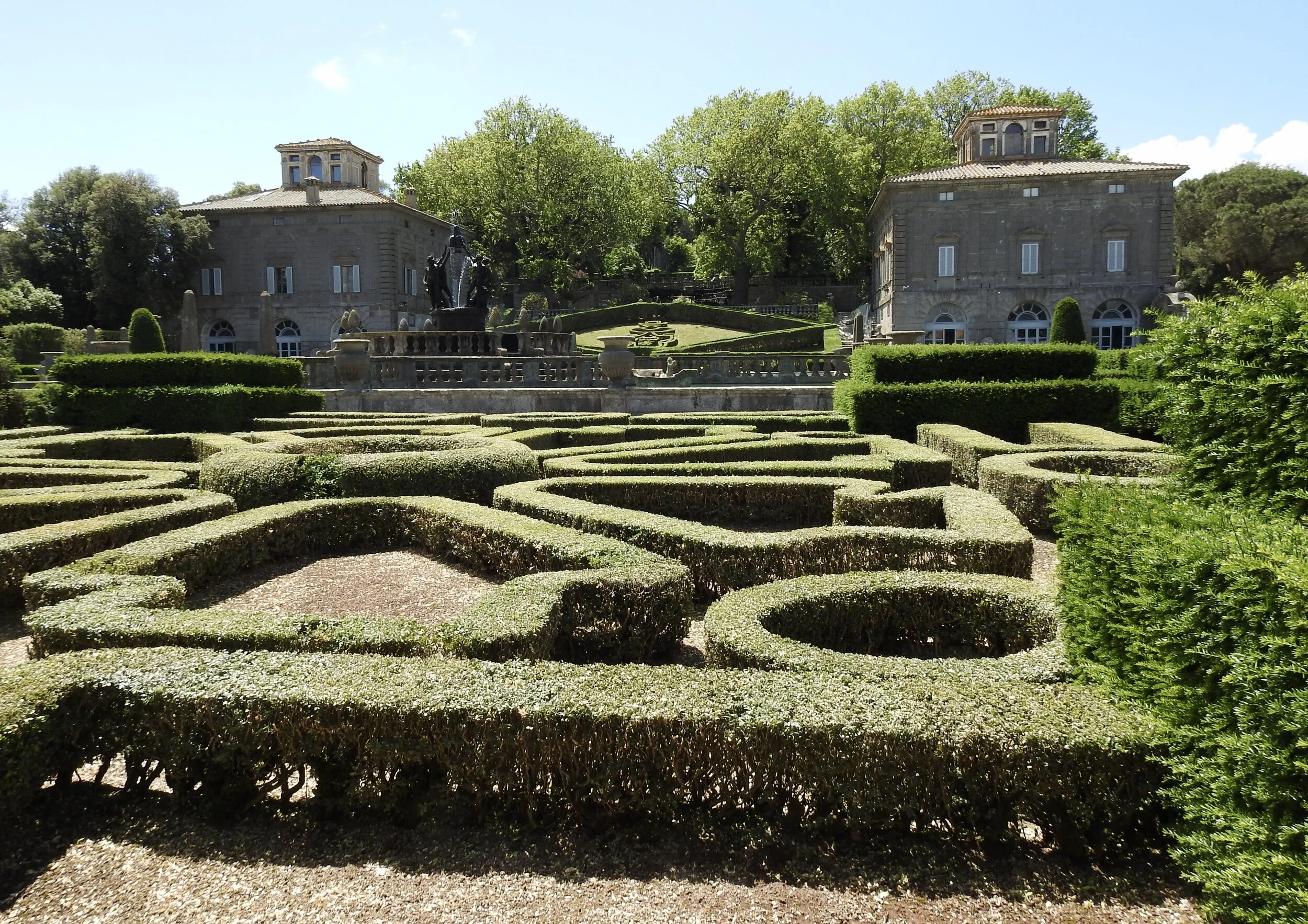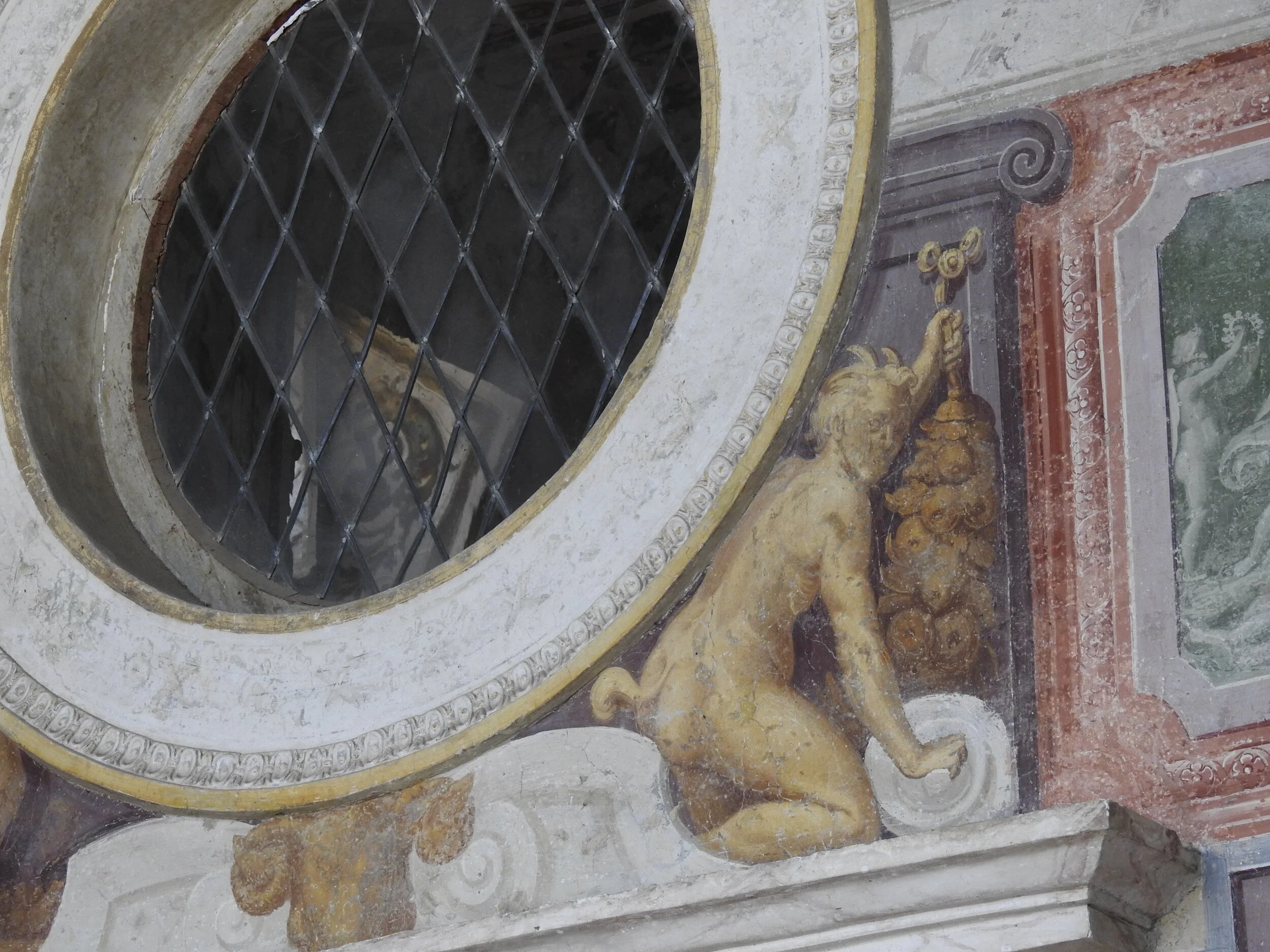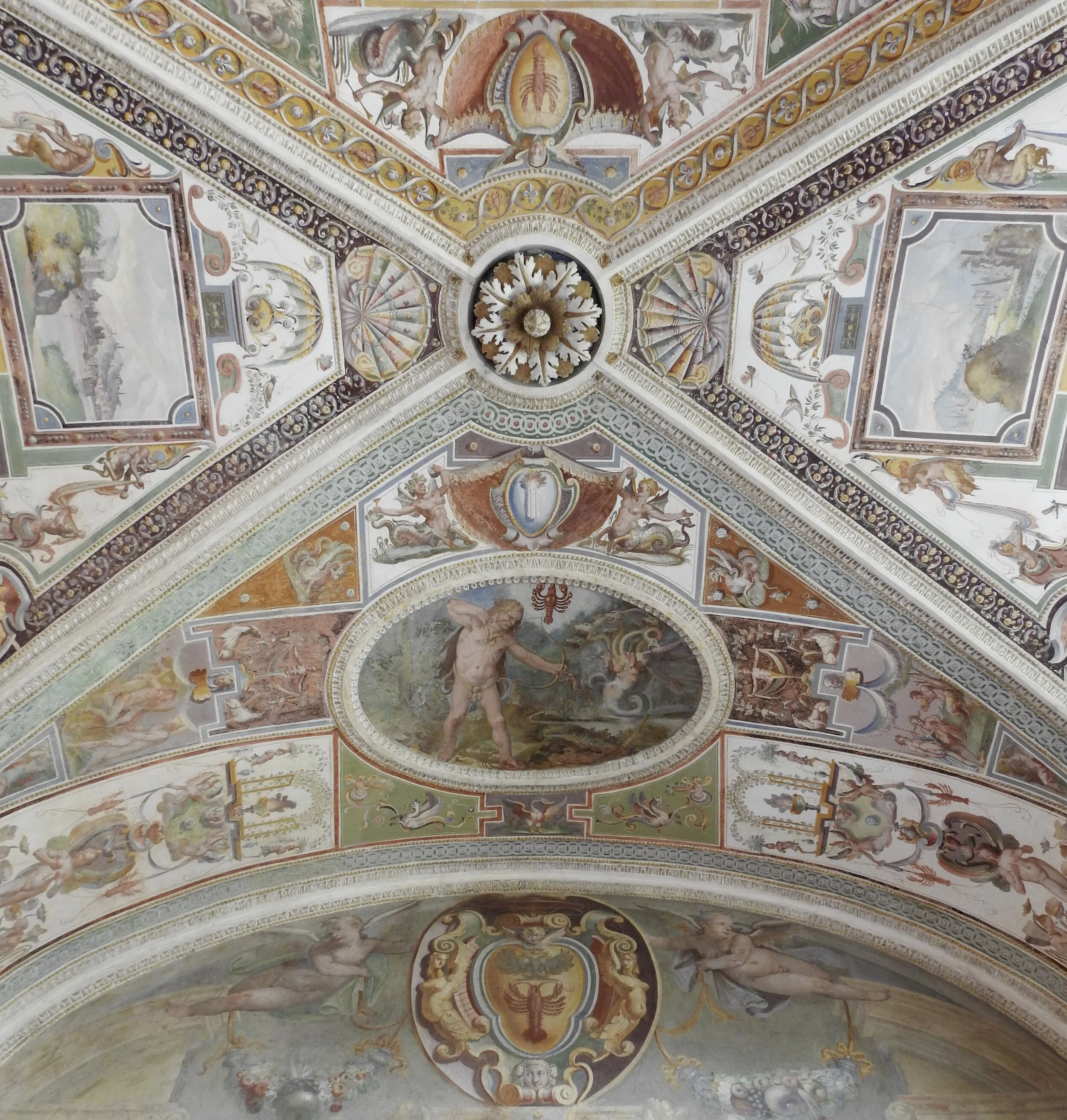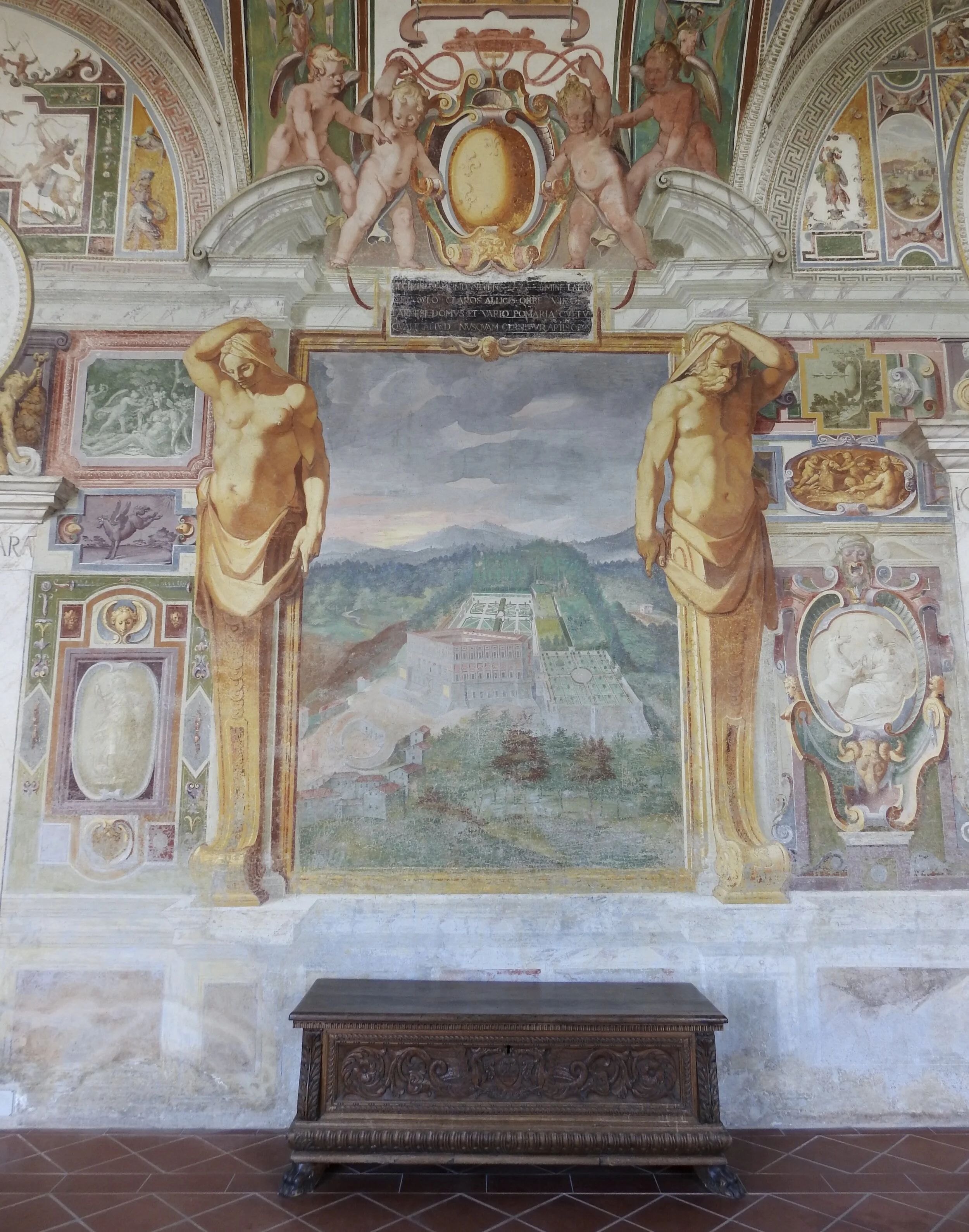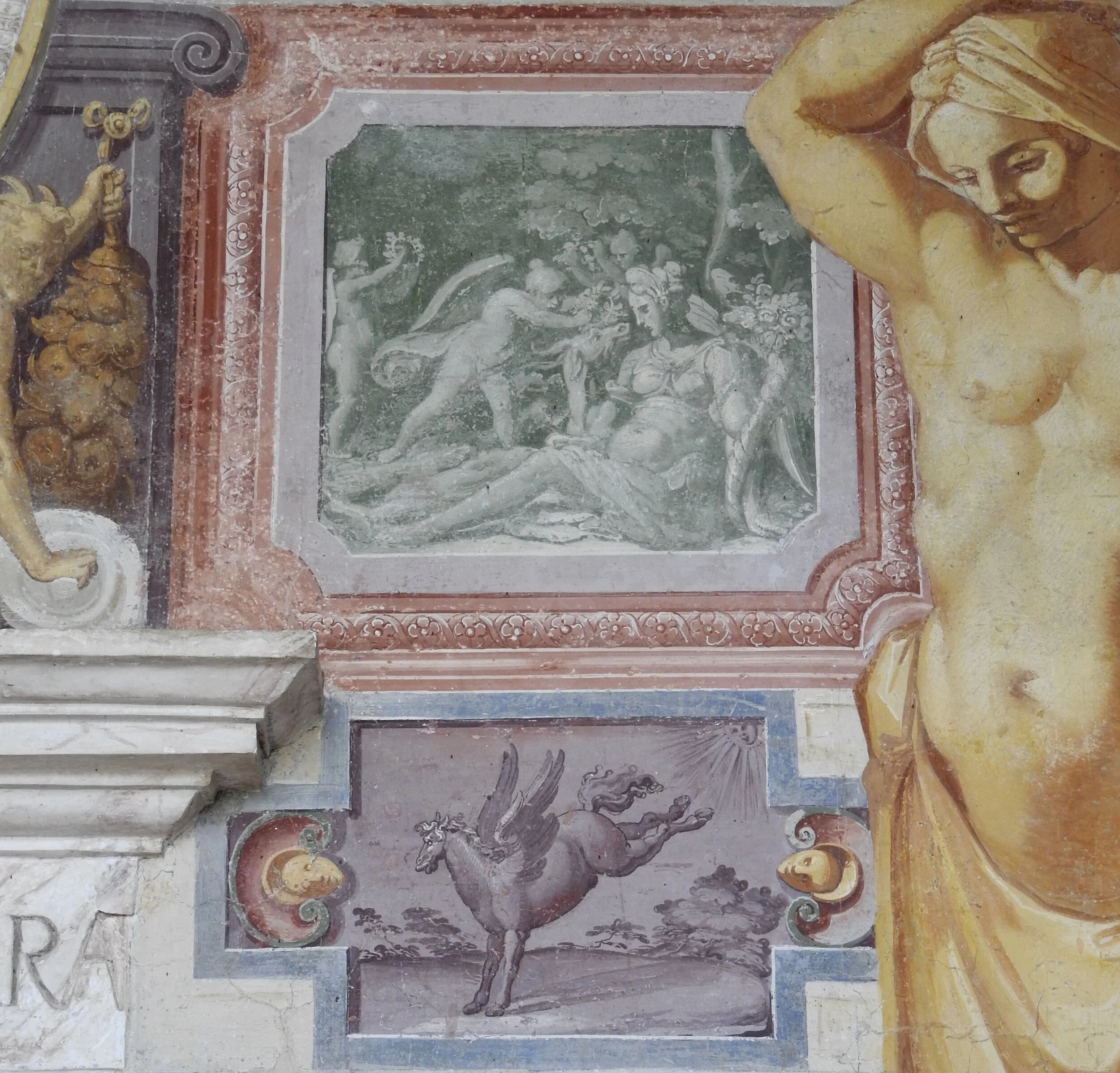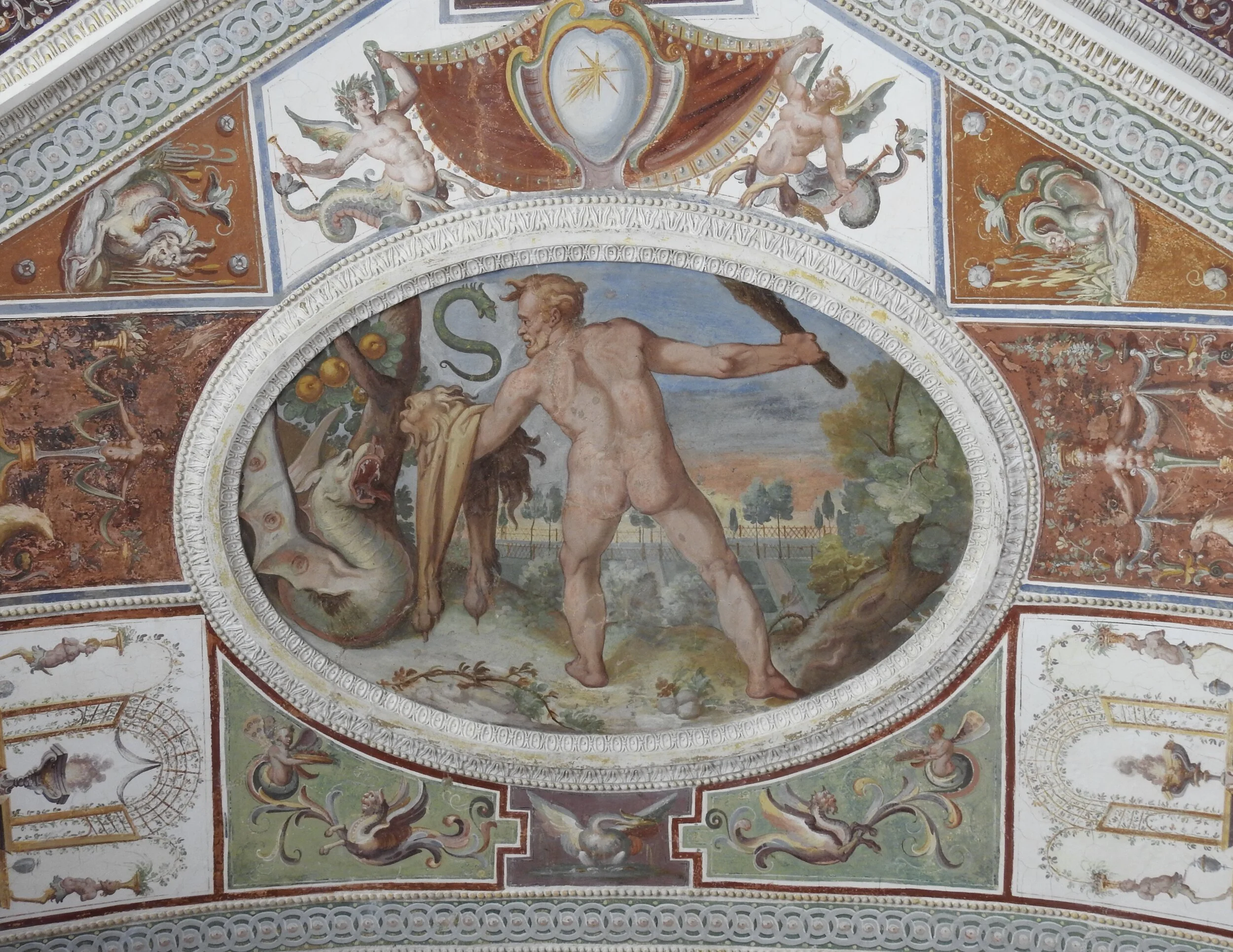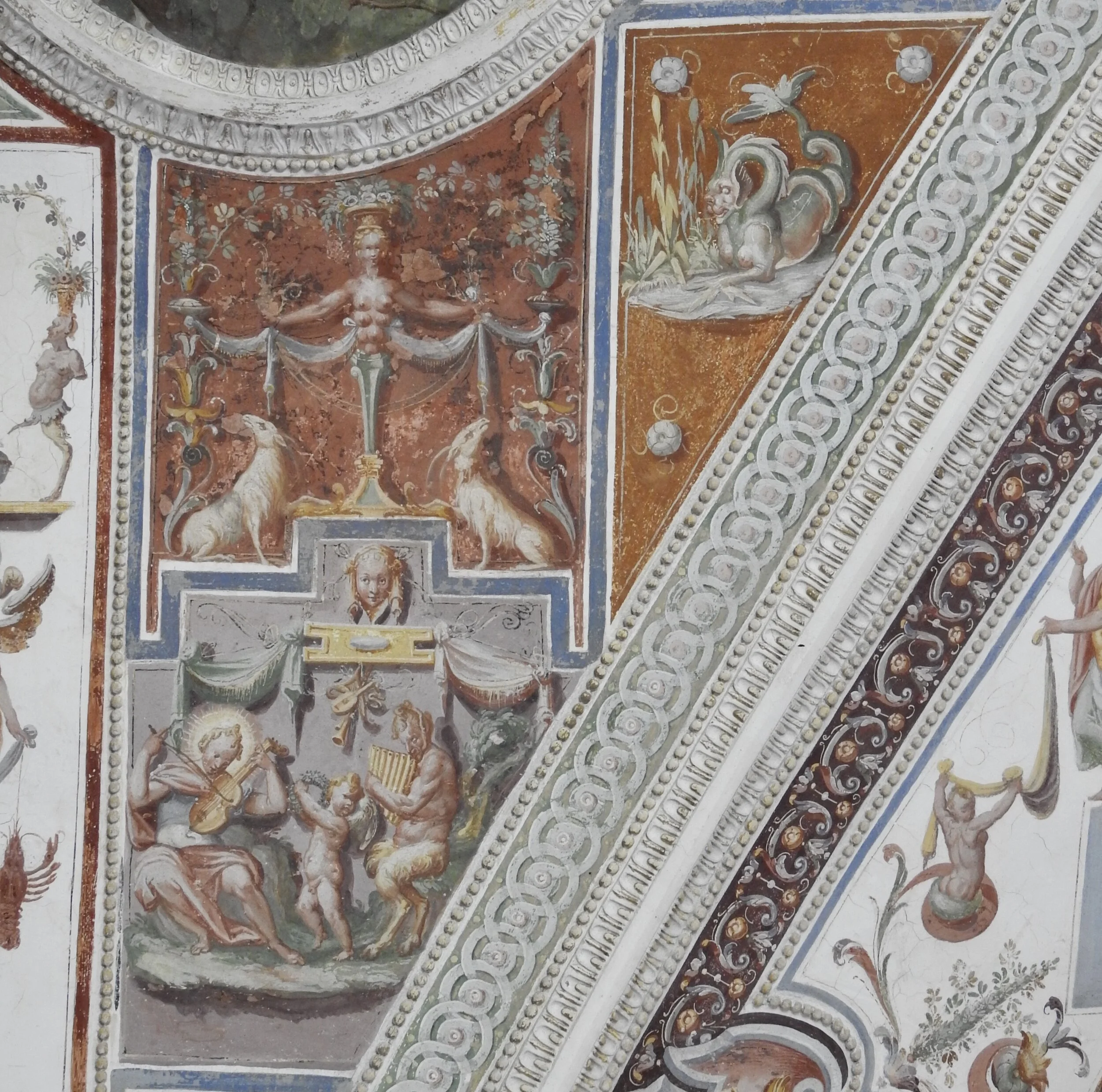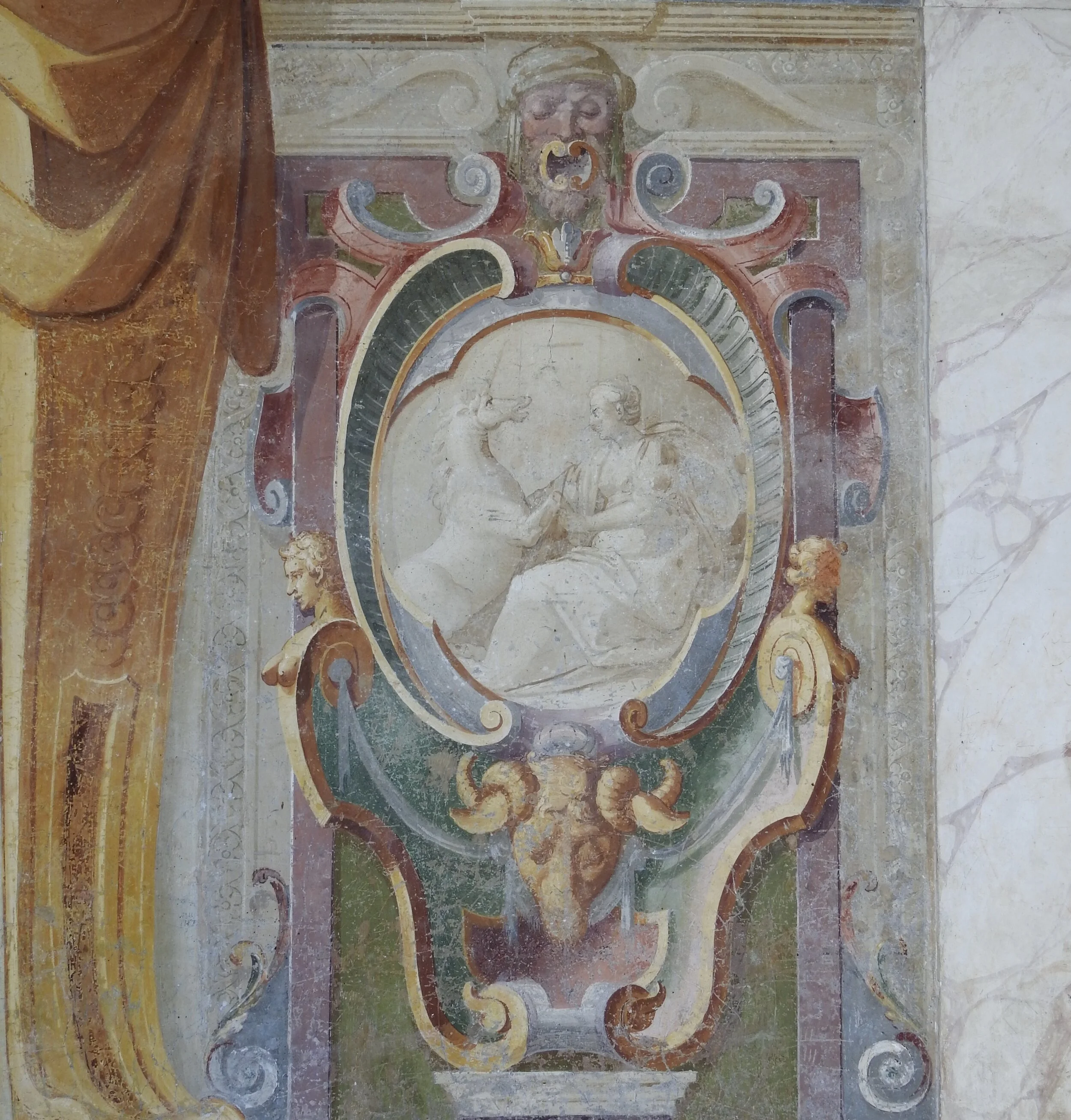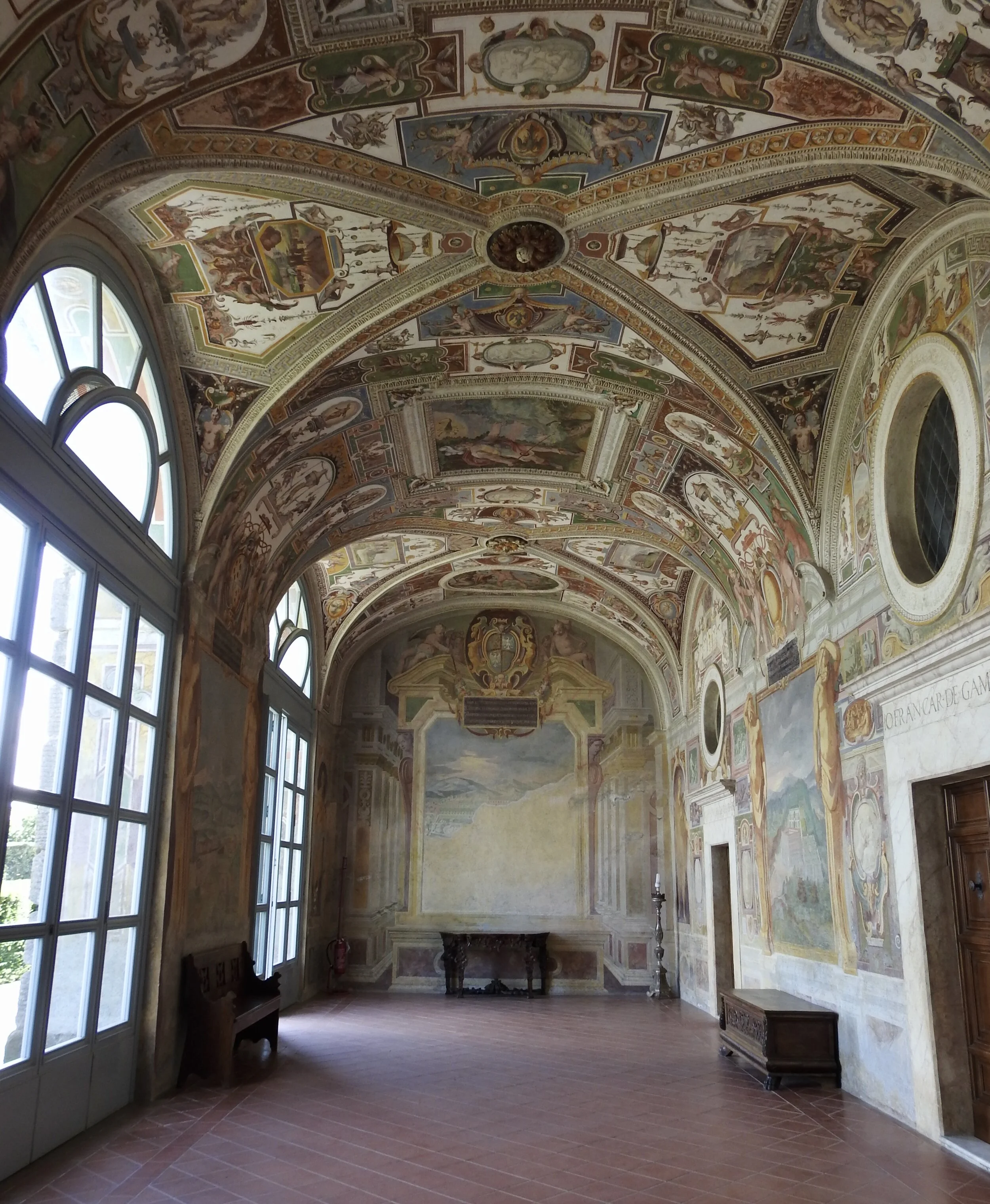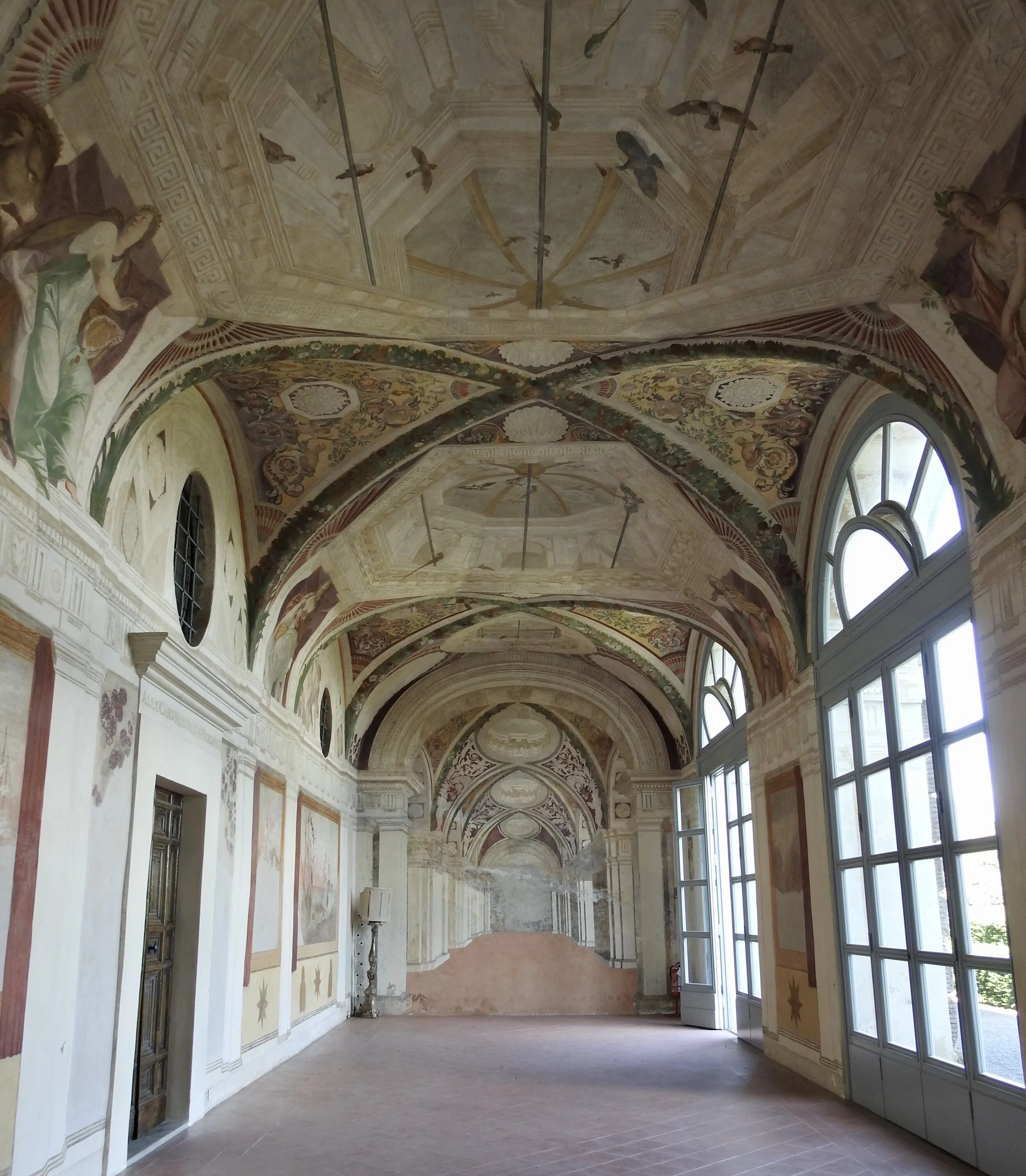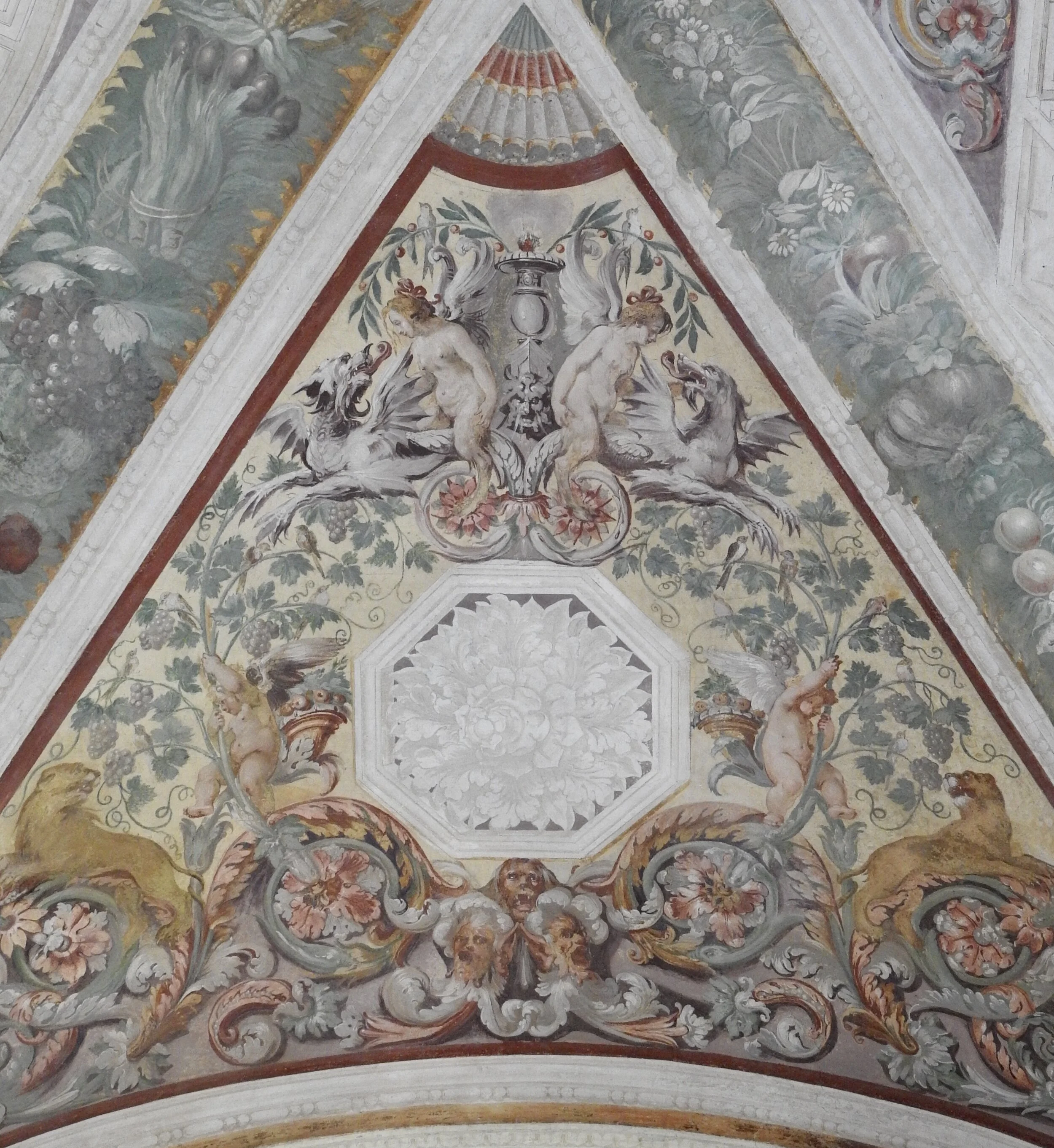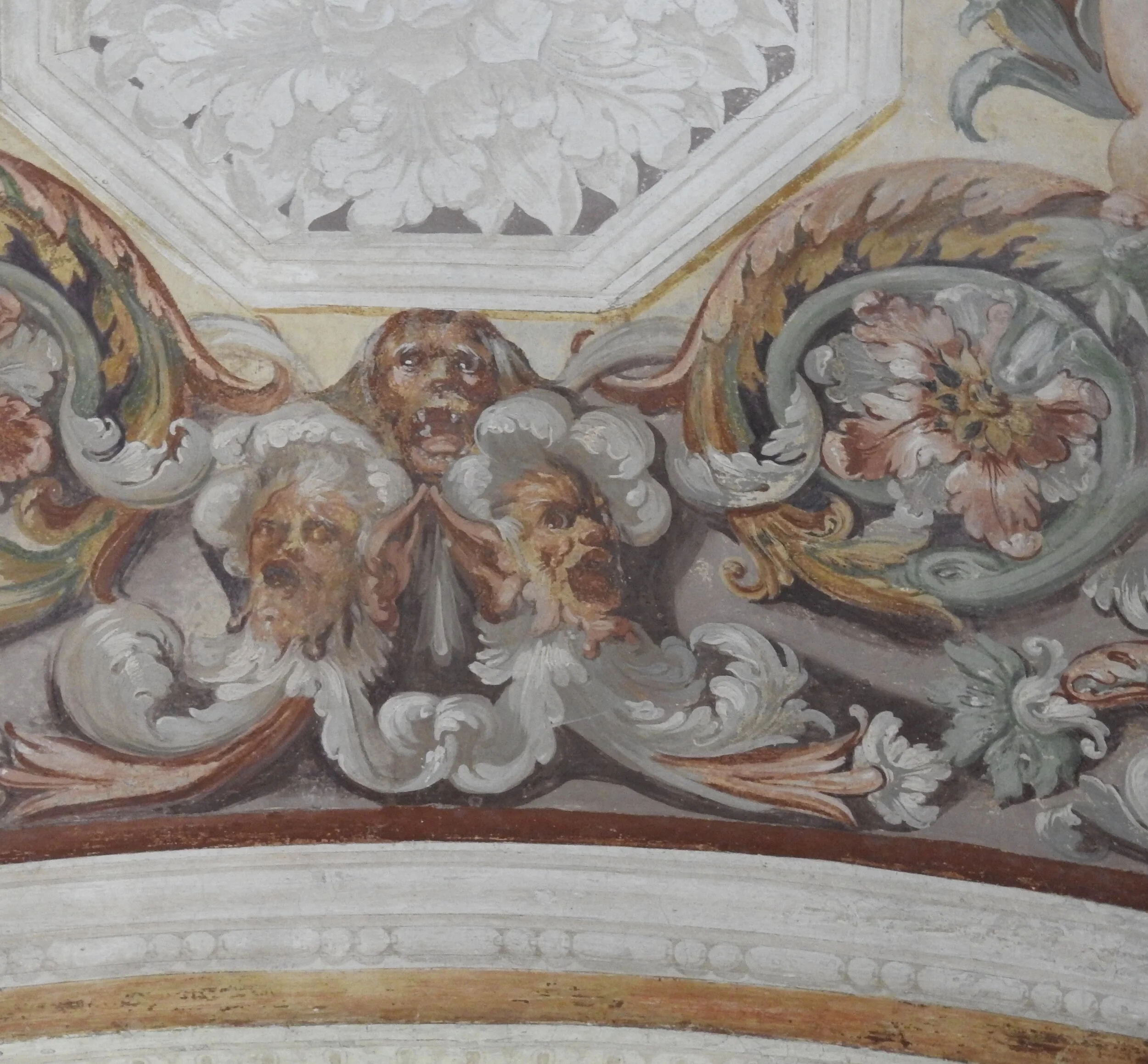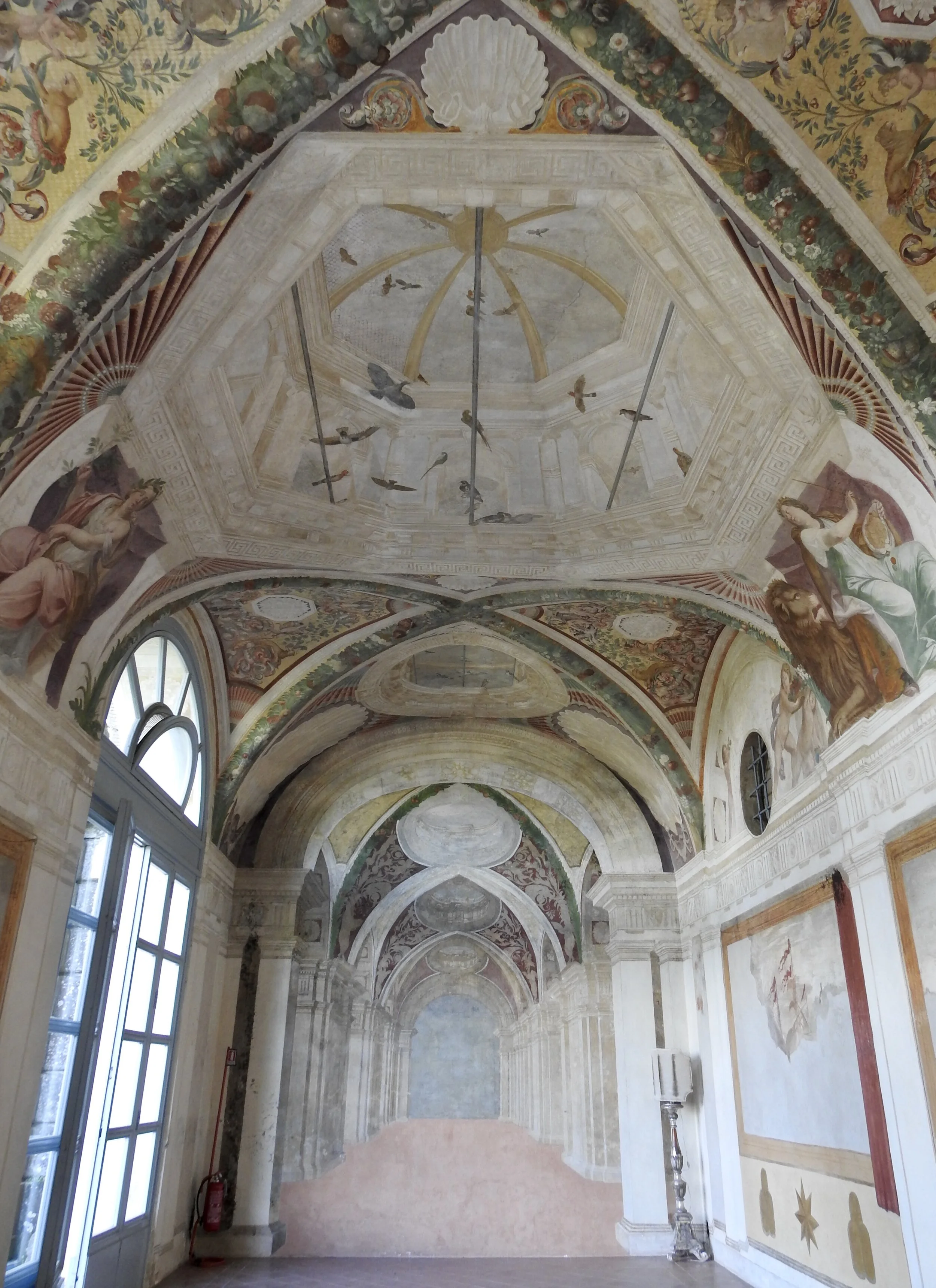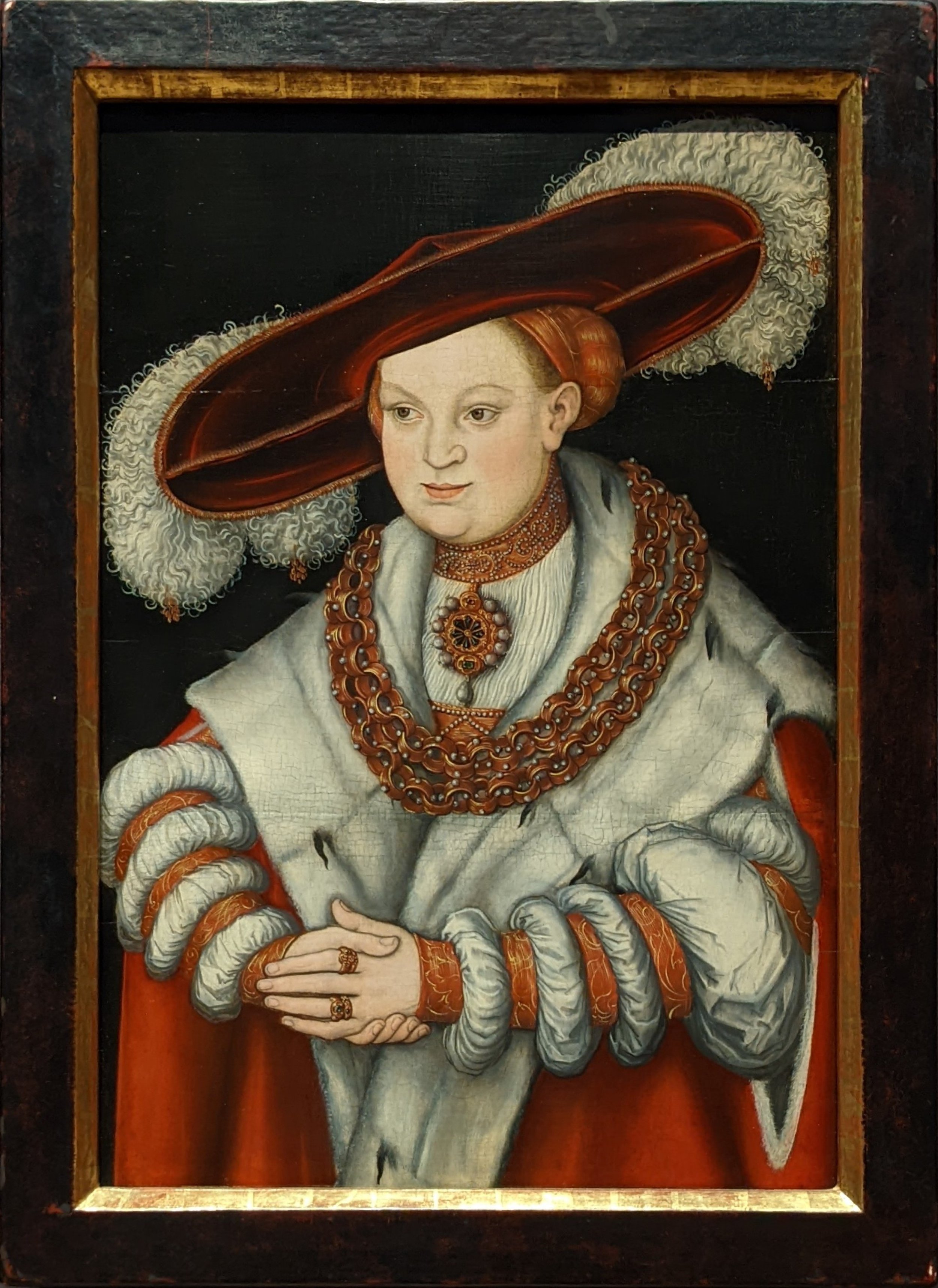
Lucas Cranach the Elder (German), Portrait of Magdalena of Saxony, Wife of Elector Joachim II of Brandenburg, c. 1529, oil on panel. Collection of the Art Institute of Chicago. Photo by Renée DeVoe Mertz.
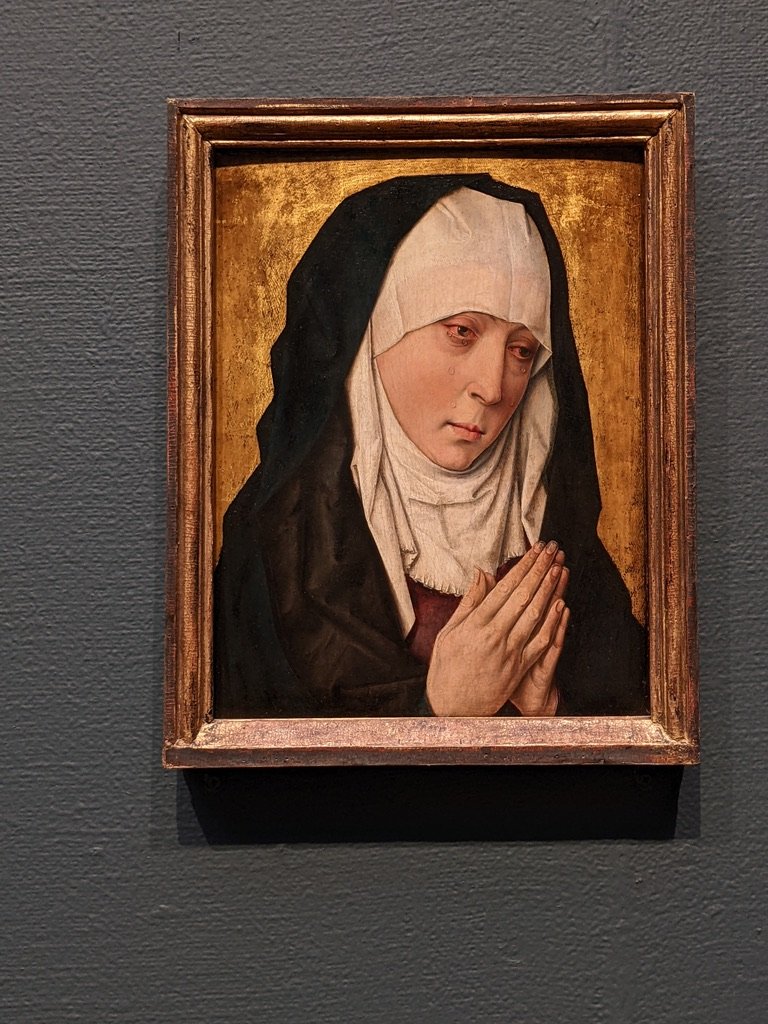
Workshop of Dieric Bouts (Netherlandish), Mater Dolorosa (Sorrowing Virgin), 1480/1500, oil on panel. Collection of the Art Institute of Chicago. Photo by Renée DeVoe Mertz.
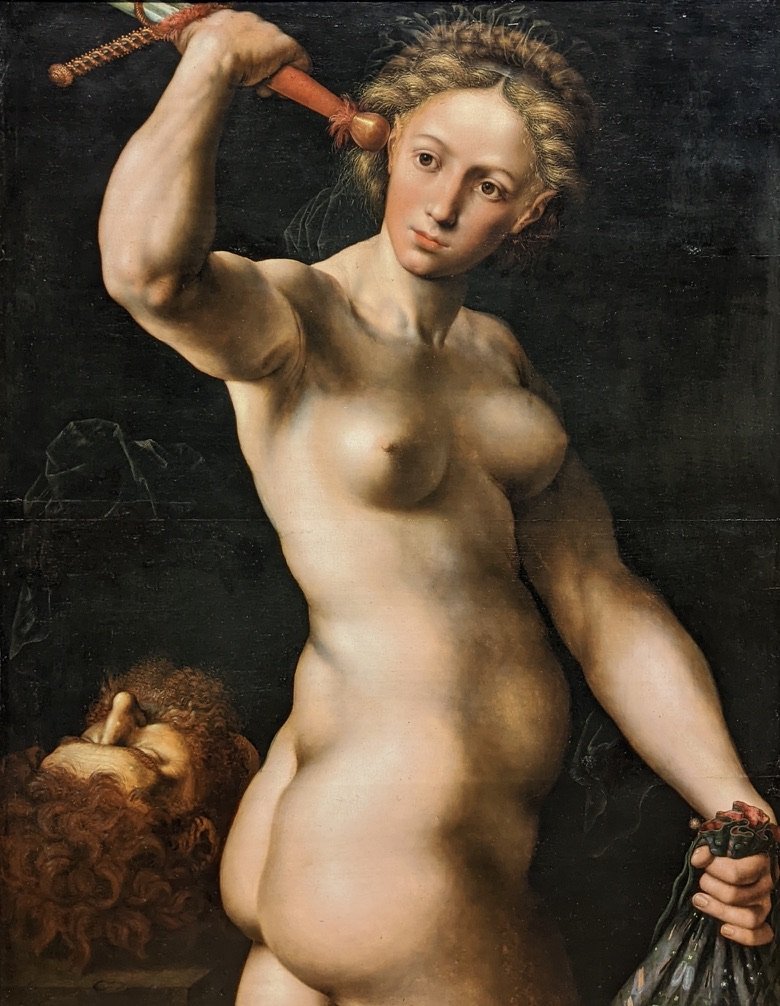
Jan Sanders van Hemessen (Netherlandish), Judith, c. 1540, oil on panel. Collection of the Art Institute of Chicago. Photo by Renée DeVoe Mertz.
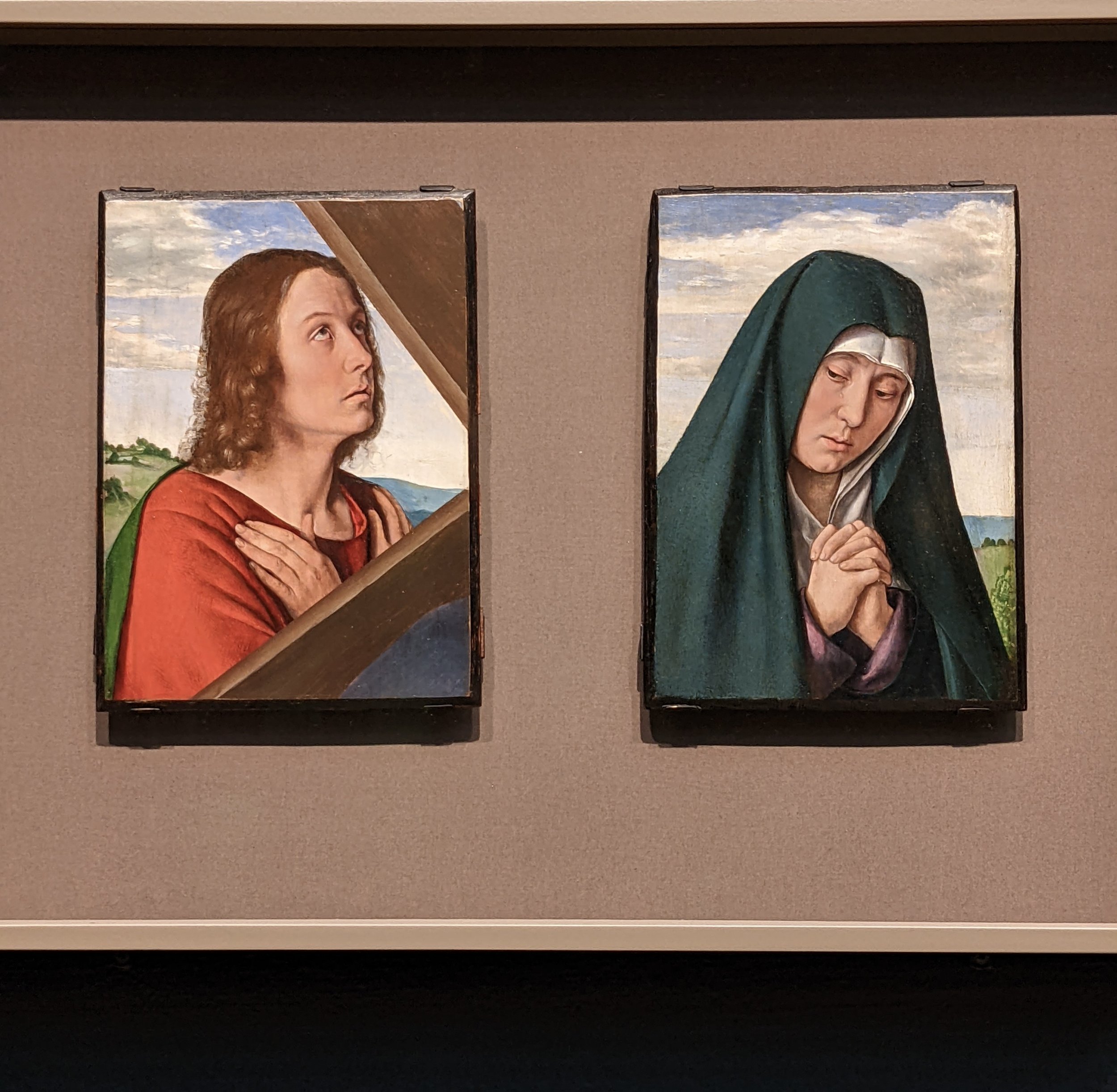
Jean Hey, known as the Master of Moulins (French), Fragments from Christ Carrying the Cross: Saint John the Evangelist and Mourning Virgin, 1500/05, oil on panel. Collection of the Art Institute of Chicago. Photo by Renée DeVoe Mertz.

Jacob Cornelisz. van Oostsanen and Workshop (Netherlandish), The Adoration of the Christ Child, c. 1515, oil on panel. Collection of the Art Institute of Chicago. Photo by Renée DeVoe Mertz.
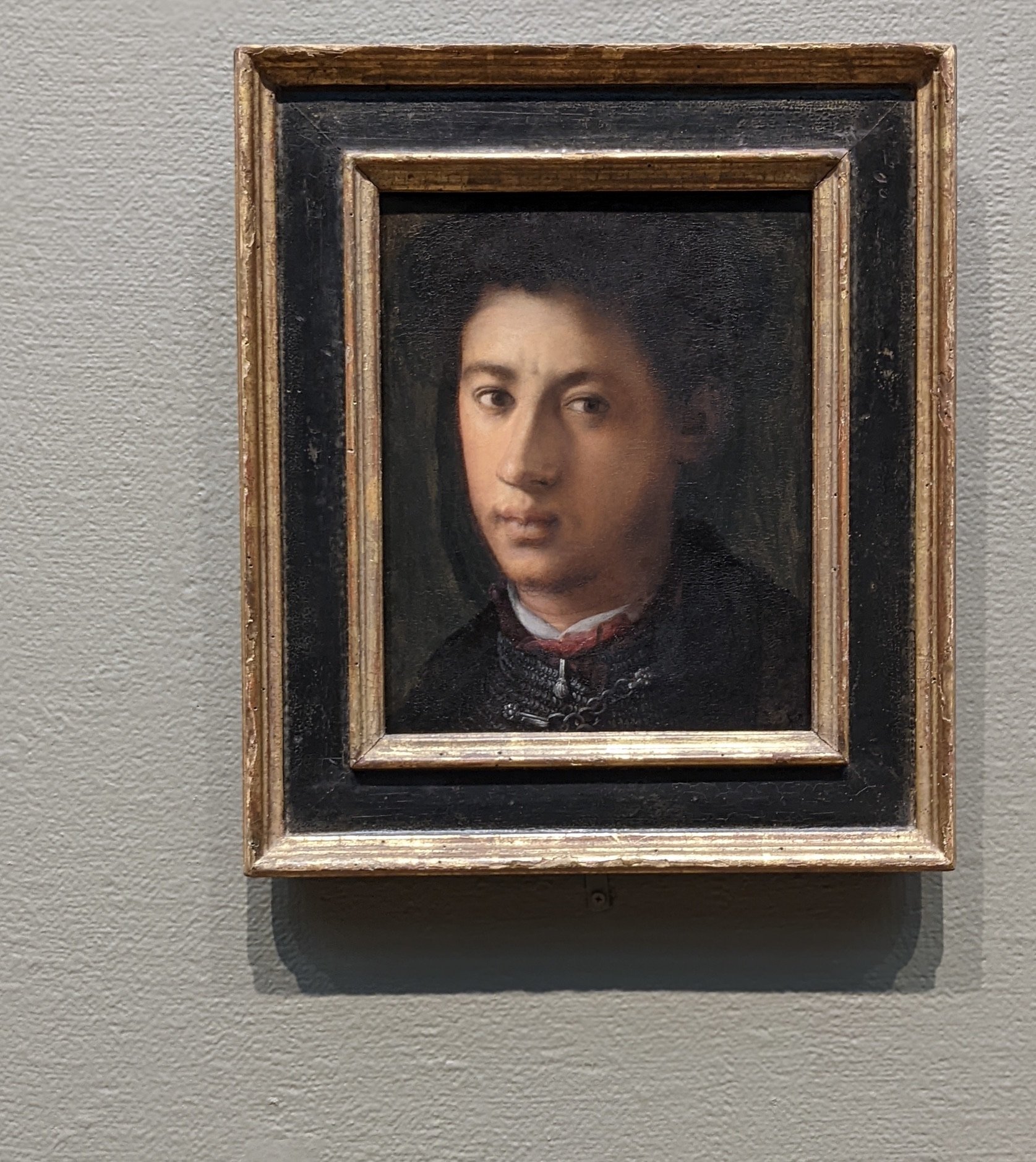
Jacopo da Pontormo (Italian), Alessandro de’ Medici, 1534/35, oil on panel. Collection of the Art Institute of Chicago. Photo by Renée DeVoe Mertz.
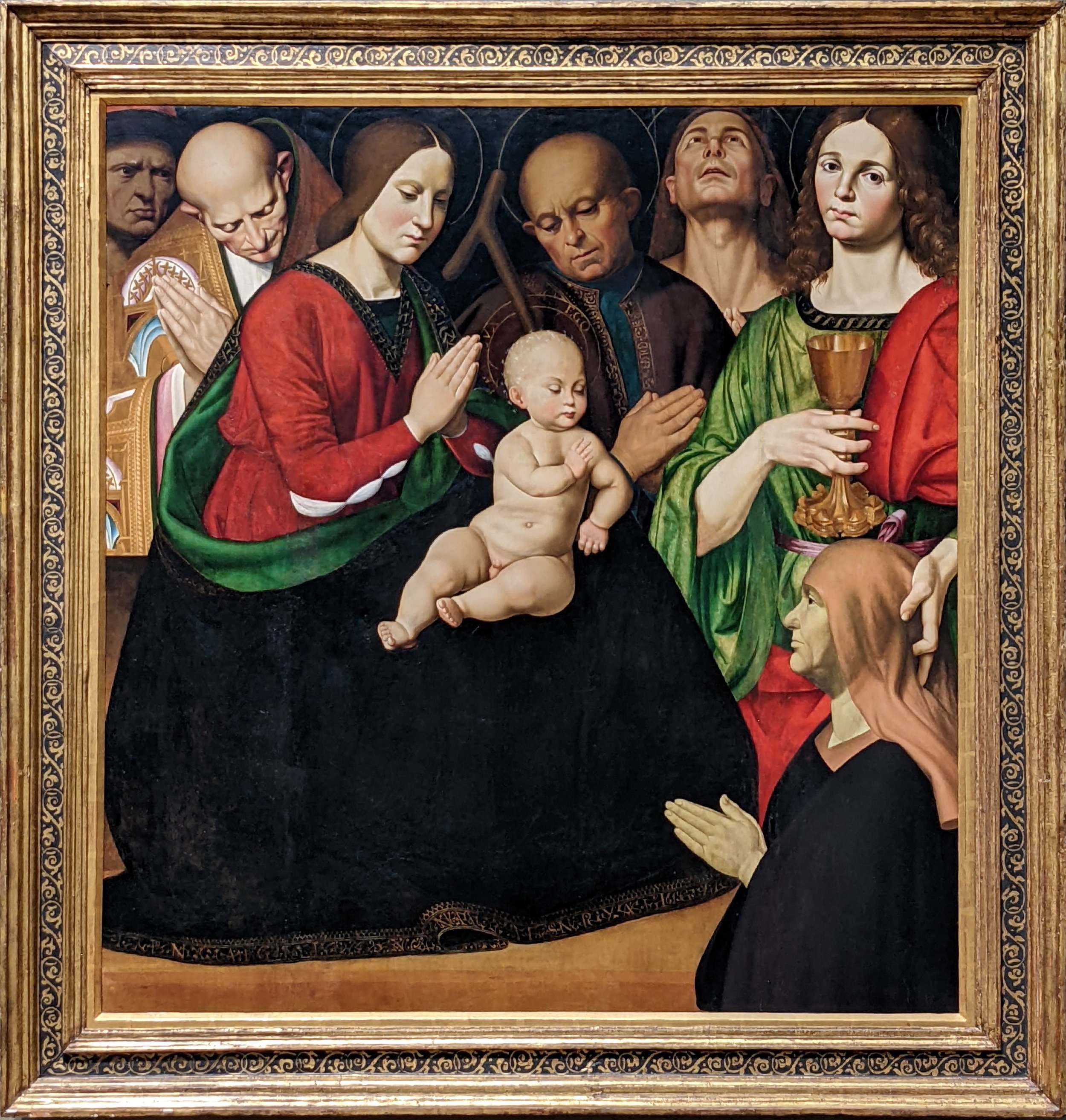
Antonio Rimpatta (Italian), The Holy Family with Four Saints and a Female Donor, c. 1510, oil on panel. Collection of the Art Institute of Chicago. Photo by Renée DeVoe Mertz.
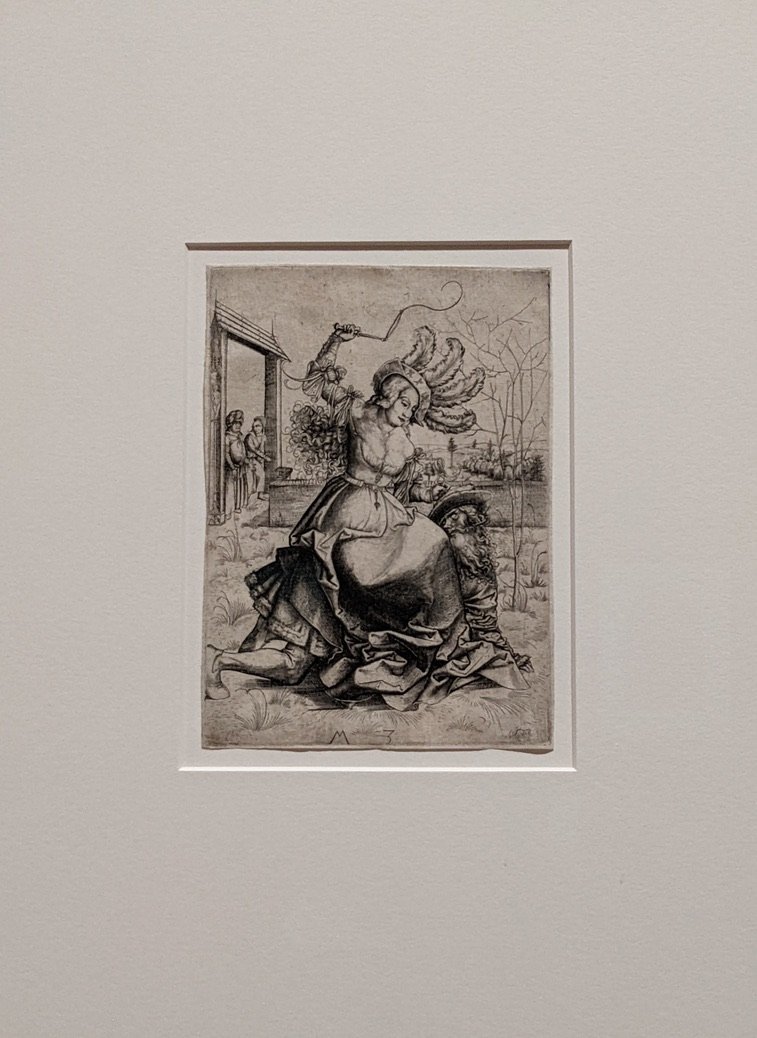
Master M.Z. (German), Aristotle and Phyllis, c. 1500, engraving on paper. Collection of the Art Institute of Chicago. Photo by Renée DeVoe Mertz.
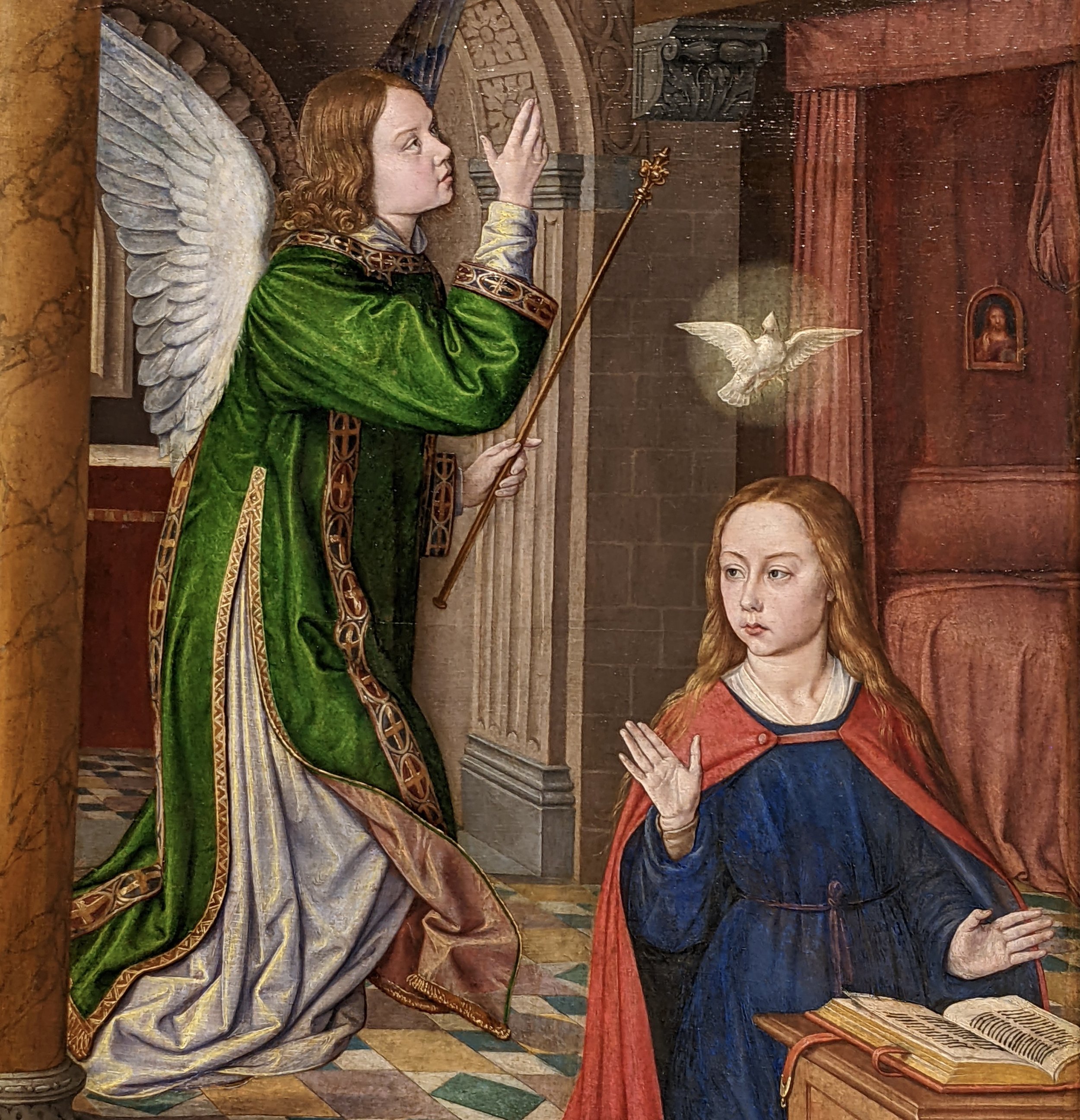
Jean Hey, known as the Master of Moulins (French), The Annunciation, 1490/95, oil on panel. Collection of the Art Institute of Chicago. Photo by Renée DeVoe Mertz.
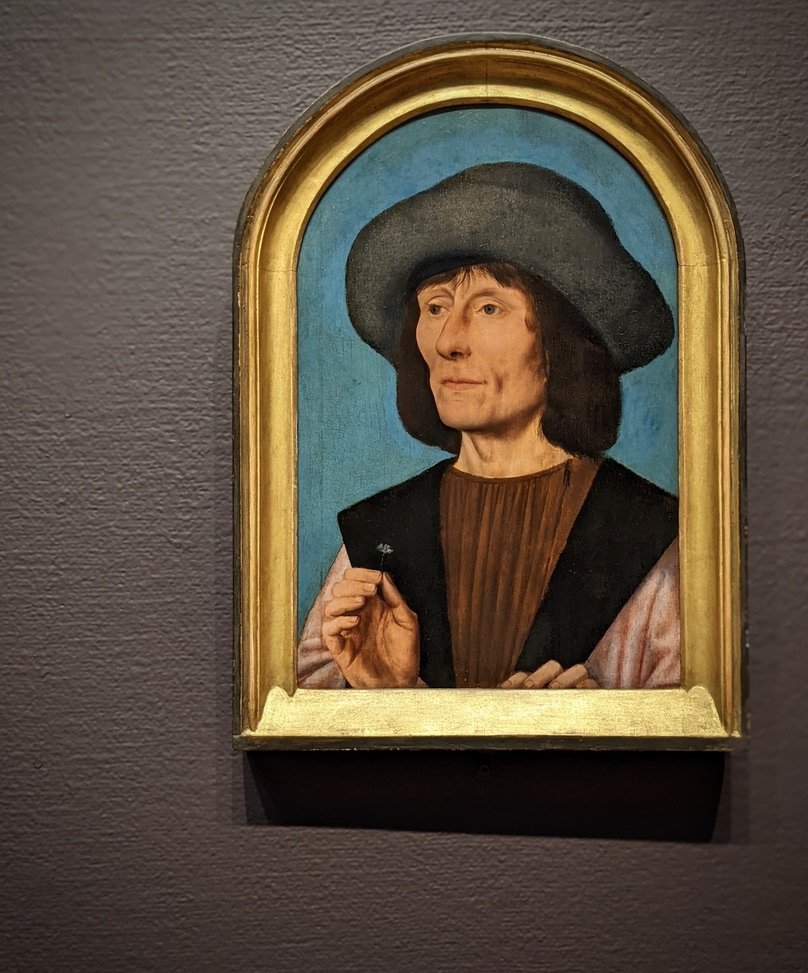
Quentin Massys (Netherlandish), Portrait of a Man with a Pink, 1500–10, oil on panel. Collection of the Art Institute of Chicago. Photo by Renée DeVoe Mertz.
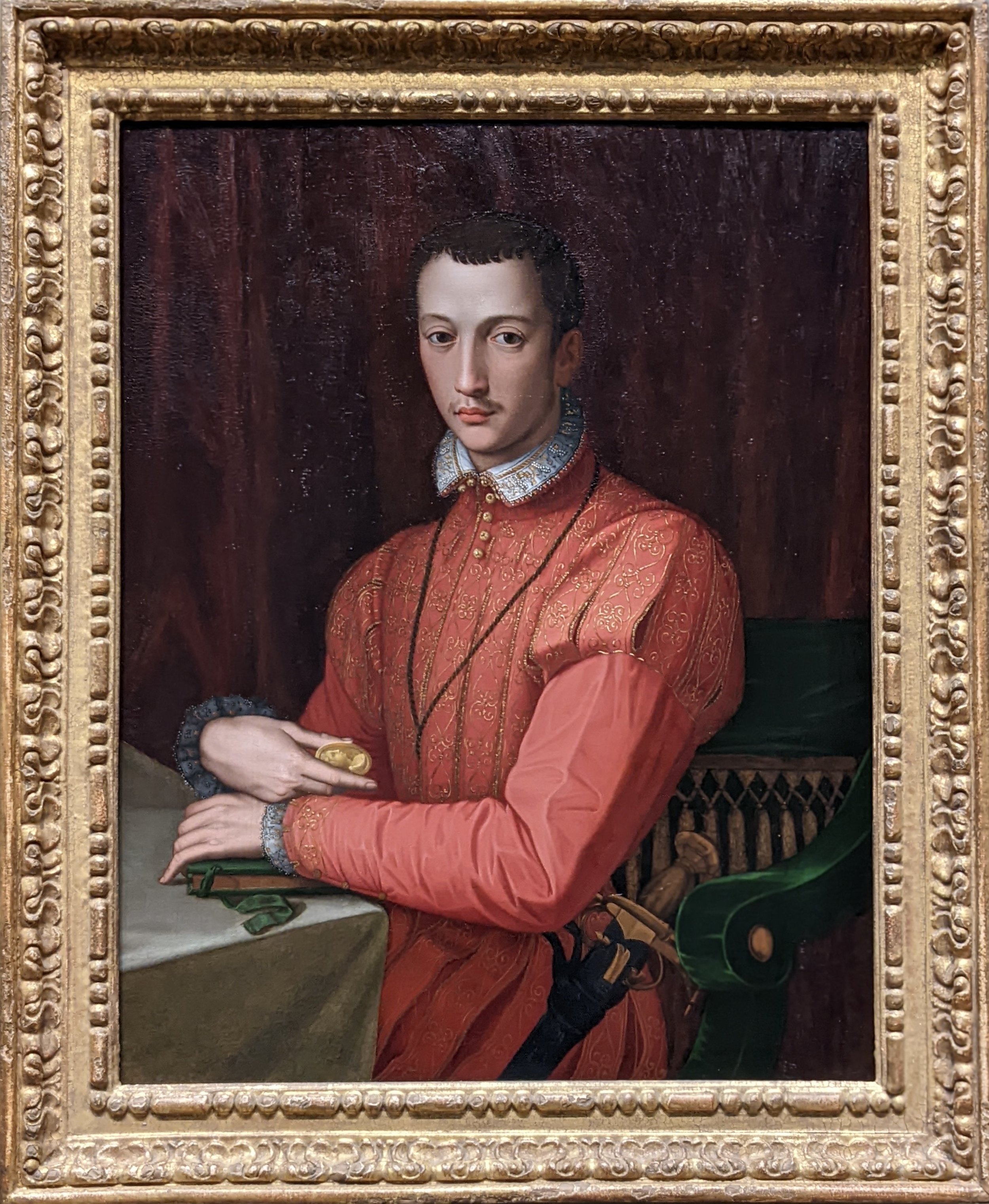
Attributed to Alessandro Allori (Italian), Francesco de’ Medici, c. 1560, oil on panel. Collection of the Art Institute of Chicago. Photo by Renée DeVoe Mertz.
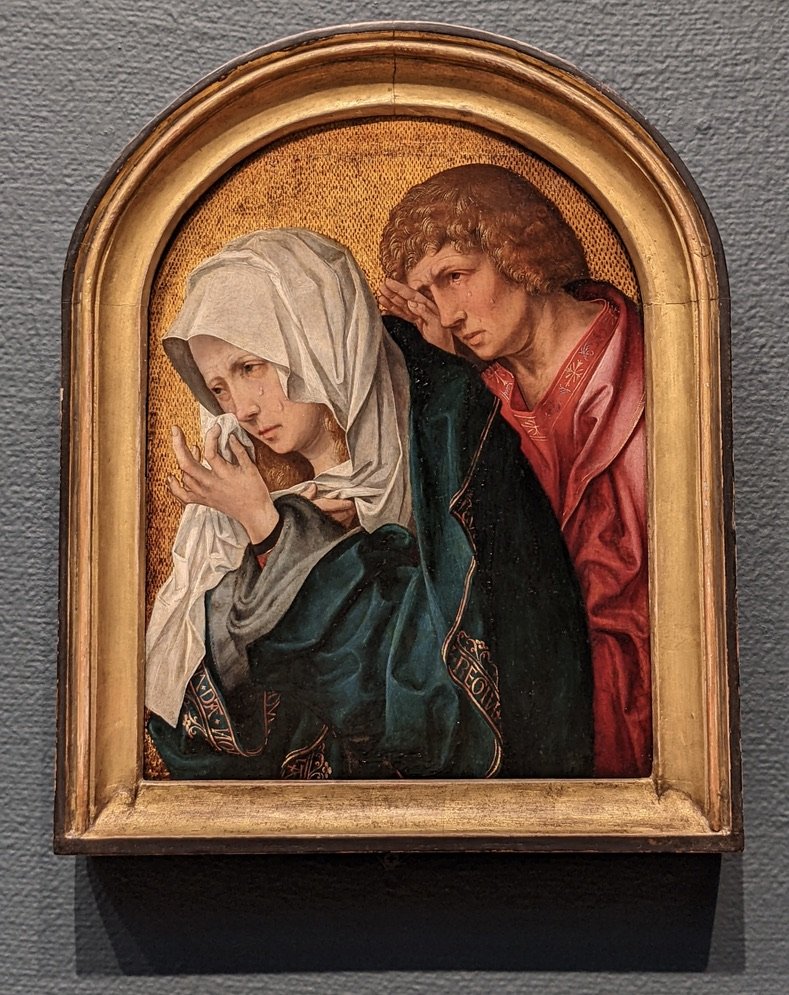
Workshop of Jacob Cornelisz. van Oostsanen (Netherlandish), The Virgin and Saint John the Evangelist, c. 1520, oil on panel. Collection of the Art Institute of Chicago. Photo by Renée DeVoe Mertz.
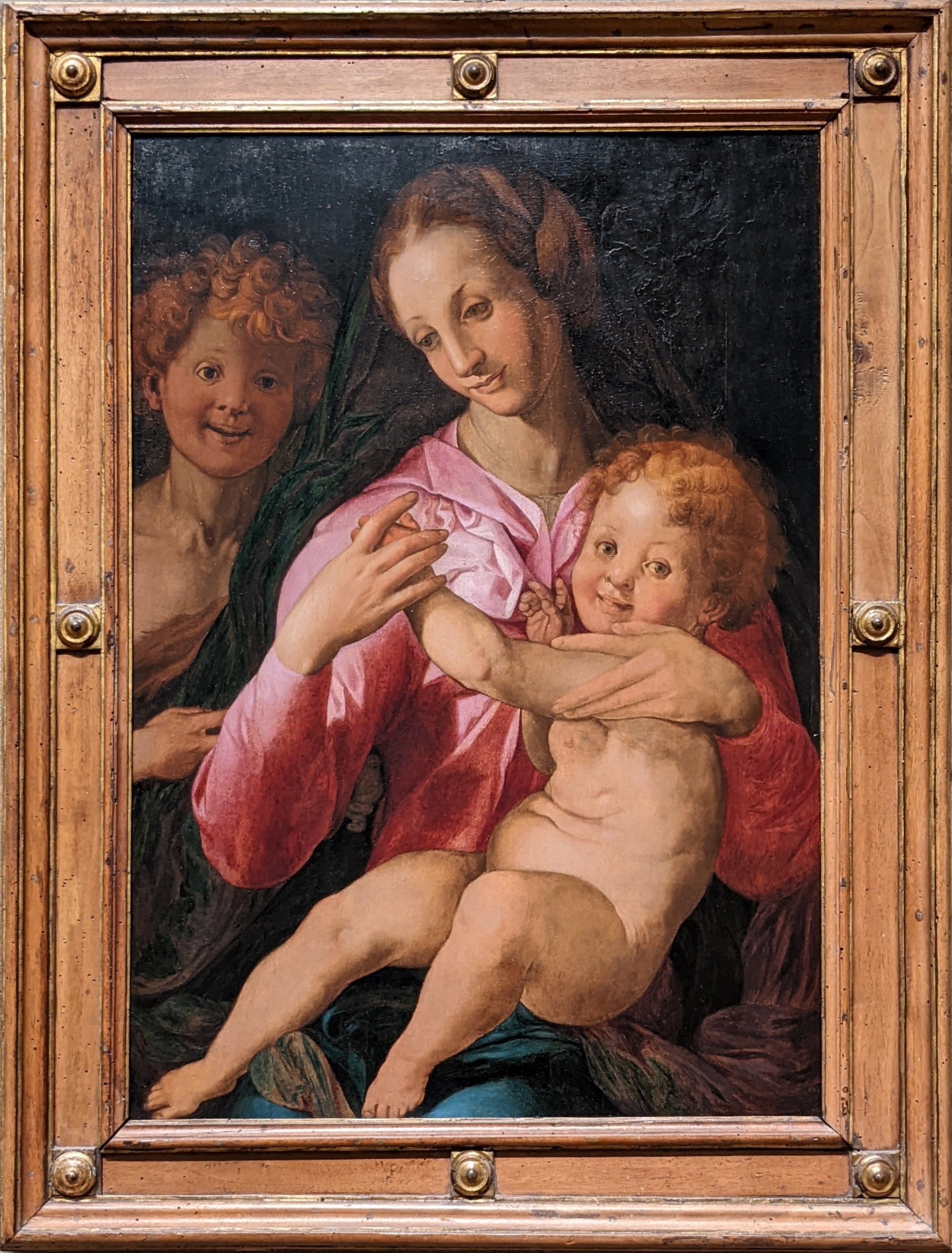
Agnolo Bronzino and workshop (Italian), Virgin and Child with the Young Saint John the Baptist, c. 1530, oil on panel. Collection of the Art Institute of Chicago. Photo by Renée DeVoe Mertz.


